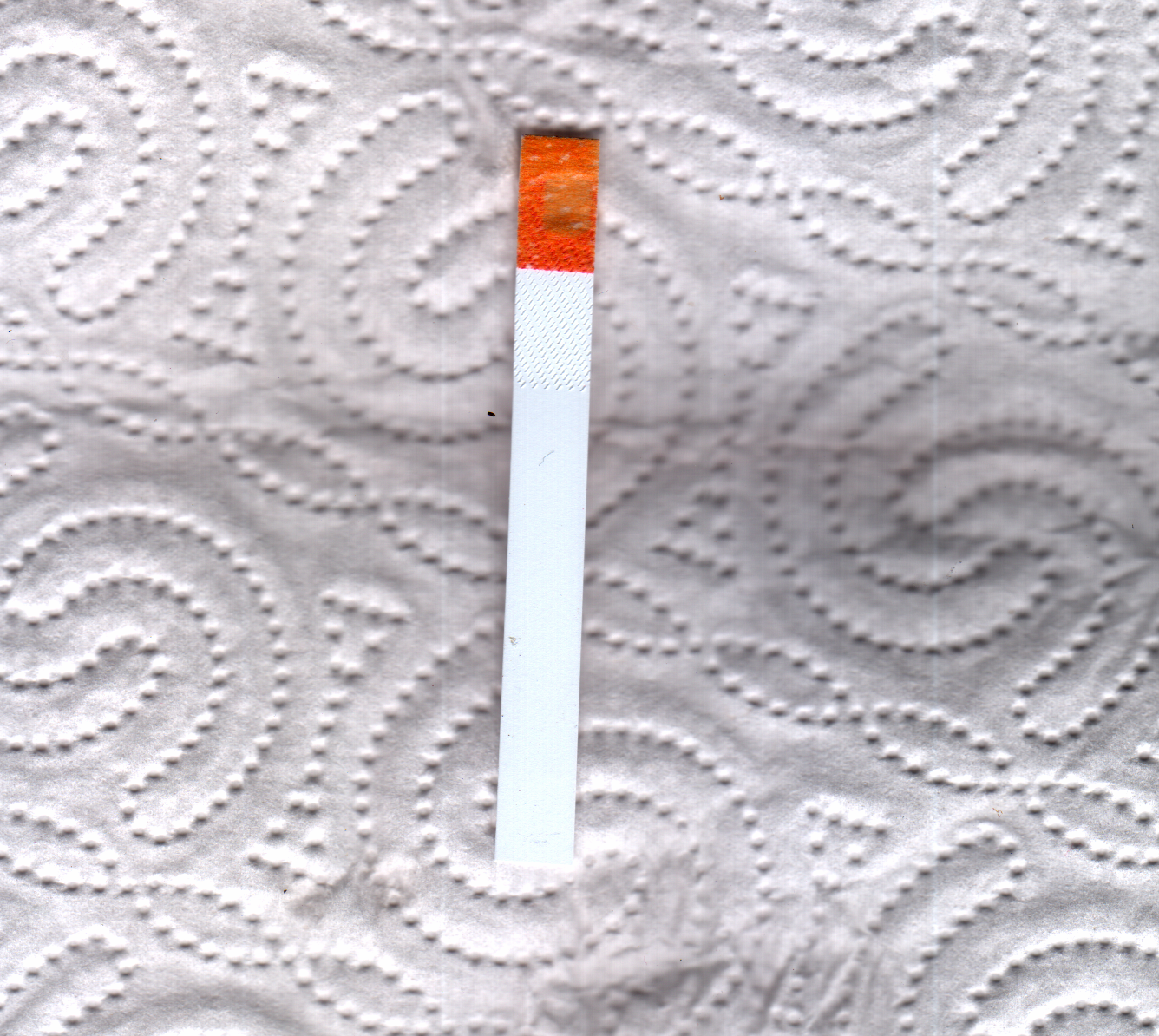
Day two – first indicators
filed under: Arsenic Lead
I was thinking this morning that many of the assigned tests and experiments are all about indicators or augurs – a bit like prospecting, what are the signs that things are going “well”, what plants are found around certain mining sites that could indicate a favourable or lucky location (for the miner). How can we become sensitized, like photographic film, to our own bodily elements? Do we become like those plants, become bio-indicators.
This article also came up in my twitter feed:
https://www.bbc.com/future/article/20201117-mining-and-anthropocene-landscapes
The subtitle: The scarred landscapes created by humanity’s material thirst makes me think of the earth as a body – this is obvious and I’m not sure I like the spectacular sense of the images but they do argue for the practice of Tiny Mining as a new ecology. To say: if we need these elements, these metals, for our technologies, then we should take them from ourselves. Technology should be for us and from us, not from or returned to the earth.
Dreams last night not so related to mining or ingestion or auguring of metals – playing a concert for the ministry of defence, a broken crashed through wooden floor.
Today I’ll be looking at the Reinsch test although this is not strictly connected to my assigned metal, lead, but is used to detect antimony, arsenic, bismuth, or mercury (poisoning) in biological samples, and it makes use of copper so… But again interesting in the context of indicators, and that one metal is used to signal others, so some kind of affinity.
The Reinsch Test: Arsenic and Old … Antimony, Bismuth and Mercury?
I will also think about connections between lead and the prima materia, the skinny, old one legged man with the scythe in the image I associated with antimony for Theun (Valentine – Prima Clavis).